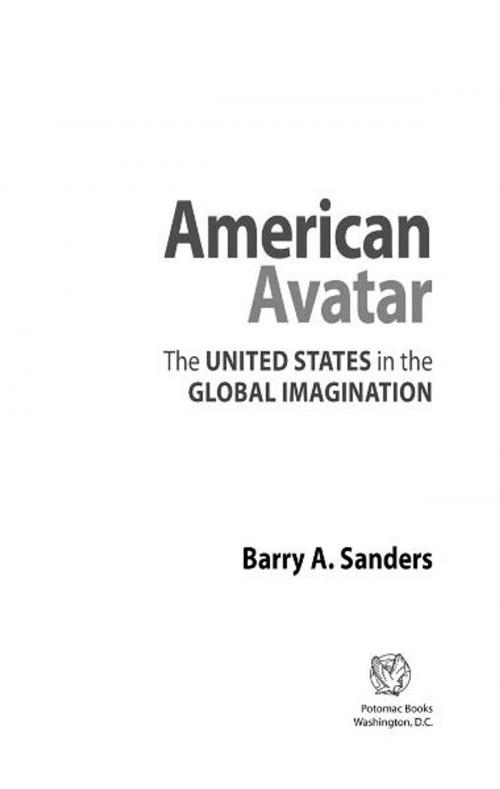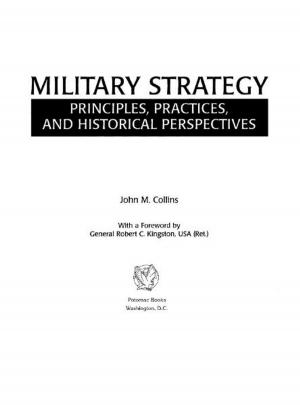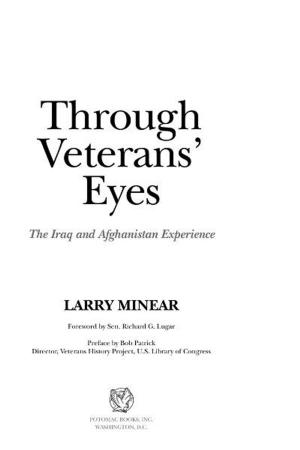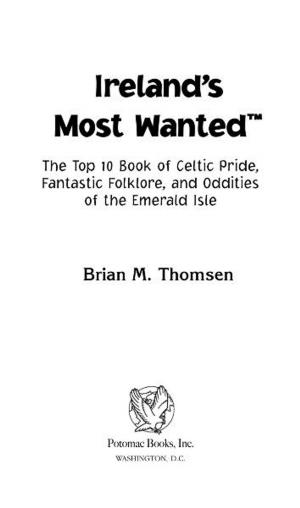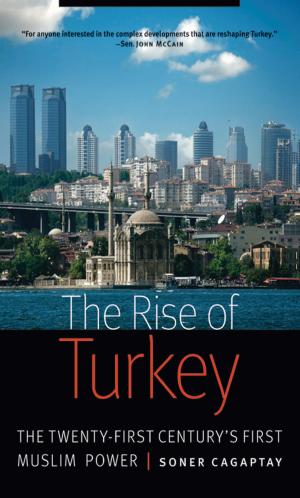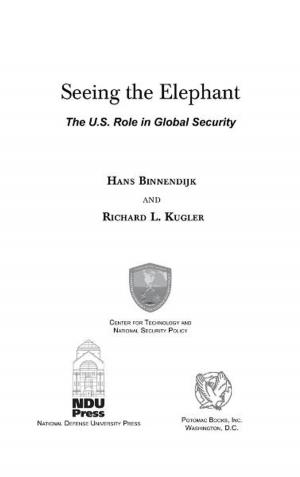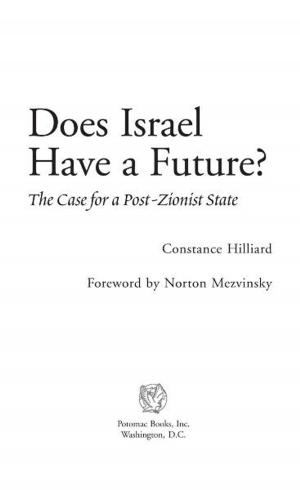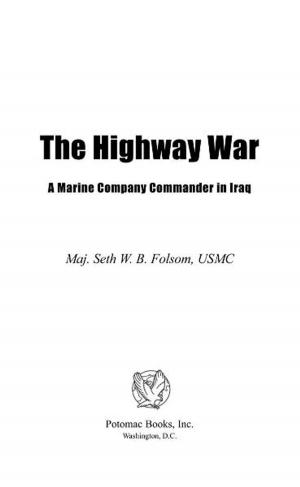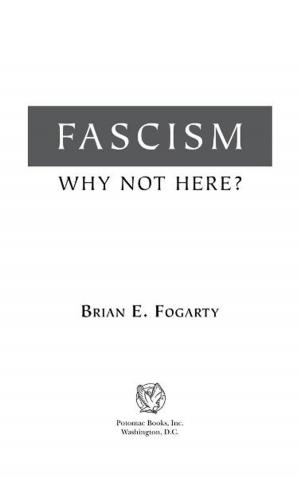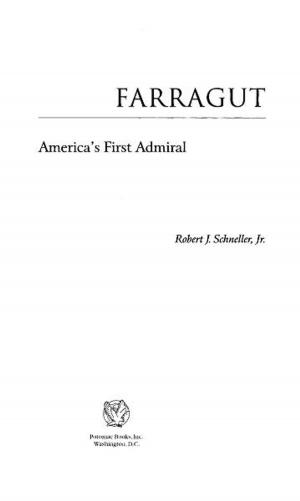American Avatar
Nonfiction, Social & Cultural Studies, Political Science, International, International Relations, History, Americas, United States, Social Science| Author: | Barry A. Sanders | ISBN: | 9781597977746 |
| Publisher: | Potomac Books Inc. | Publication: | October 31, 2011 |
| Imprint: | Potomac Books Inc. | Language: | English |
| Author: | Barry A. Sanders |
| ISBN: | 9781597977746 |
| Publisher: | Potomac Books Inc. |
| Publication: | October 31, 2011 |
| Imprint: | Potomac Books Inc. |
| Language: | English |
Since September 11, 2001, the extensive literature on the United Statess image abroad, by popular pundits and academics alike, leaves the reader with a false impression that foreigners views of America are normally negative and impervious to change. In fact they are complex, emotional, frequently internally contradictory, and often change quickly.
Barry A. Sanders corrects this misimpression with a rigorous and insightful textual analysis of the roots of peoples views of the United States and what can be done to alter them. According to Sanders, the attitudes a person expresses about the United States consist of two separate components: the persons memory bank of images (informed by American geography, people, philosophy, history, and foreign policy) and a predisposition or bias that influences which images are called forth from memory.Opinion surveys, such as the Pew Global Attitude Survey, only record the spoken result of this twostep process in their tabulation of favorable or unfavorable comments. They necessarily fail to see the underlying complexity.
Examining the biases or predispositions that guide people in selecting among the myriad stored images to express an opinion on a given day, Sanders analyzes both anti-American and pro-American biases but focuses on the former, explaining which criticisms should be heeded when crafting foreign policy and communicating national objectives to friends and foes alike.
Barry A. Sanders corrects this misimpression with a rigorous and insightful textual analysis of the roots of peoples views of the United States and what can be done to alter them. According to Sanders, the attitudes a person expresses about the United States consist of two separate components: the persons memory bank of images (informed by American geography, people, philosophy, history, and foreign policy) and a predisposition or bias that influences which images are called forth from memory.Opinion surveys, such as the Pew Global Attitude Survey, only record the spoken result of this twostep process in their tabulation of favorable or unfavorable comments. They necessarily fail to see the underlying complexity.
Examining the biases or predispositions that guide people in selecting among the myriad stored images to express an opinion on a given day, Sanders analyzes both anti-American and pro-American biases but focuses on the former, explaining which criticisms should be heeded when crafting foreign policy and communicating national objectives to friends and foes alike.
Since September 11, 2001, the extensive literature on the United Statess image abroad, by popular pundits and academics alike, leaves the reader with a false impression that foreigners views of America are normally negative and impervious to change. In fact they are complex, emotional, frequently internally contradictory, and often change quickly.
Barry A. Sanders corrects this misimpression with a rigorous and insightful textual analysis of the roots of peoples views of the United States and what can be done to alter them. According to Sanders, the attitudes a person expresses about the United States consist of two separate components: the persons memory bank of images (informed by American geography, people, philosophy, history, and foreign policy) and a predisposition or bias that influences which images are called forth from memory.Opinion surveys, such as the Pew Global Attitude Survey, only record the spoken result of this twostep process in their tabulation of favorable or unfavorable comments. They necessarily fail to see the underlying complexity.
Examining the biases or predispositions that guide people in selecting among the myriad stored images to express an opinion on a given day, Sanders analyzes both anti-American and pro-American biases but focuses on the former, explaining which criticisms should be heeded when crafting foreign policy and communicating national objectives to friends and foes alike.
Barry A. Sanders corrects this misimpression with a rigorous and insightful textual analysis of the roots of peoples views of the United States and what can be done to alter them. According to Sanders, the attitudes a person expresses about the United States consist of two separate components: the persons memory bank of images (informed by American geography, people, philosophy, history, and foreign policy) and a predisposition or bias that influences which images are called forth from memory.Opinion surveys, such as the Pew Global Attitude Survey, only record the spoken result of this twostep process in their tabulation of favorable or unfavorable comments. They necessarily fail to see the underlying complexity.
Examining the biases or predispositions that guide people in selecting among the myriad stored images to express an opinion on a given day, Sanders analyzes both anti-American and pro-American biases but focuses on the former, explaining which criticisms should be heeded when crafting foreign policy and communicating national objectives to friends and foes alike.
